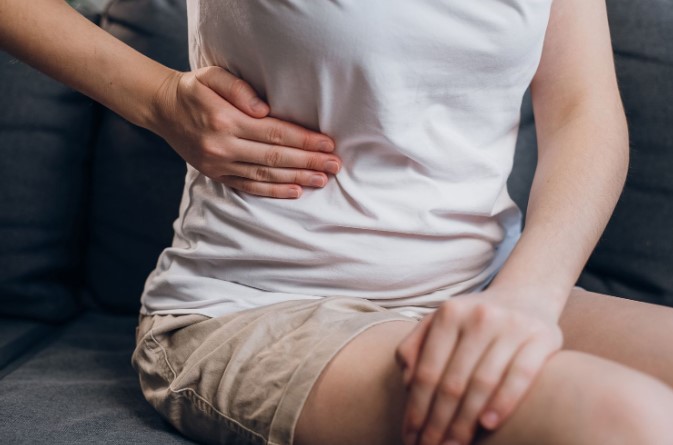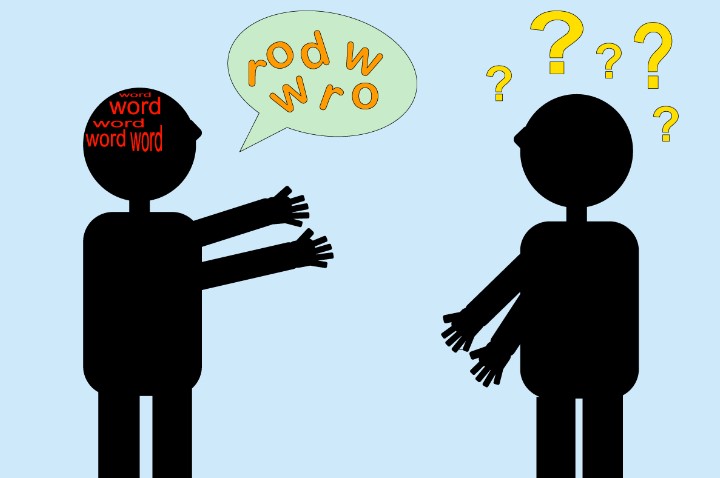Understanding Appendicitis: Symptoms, Causes, and Treatment


Appendicitis is a serious medical condition that requires immediate attention. It occurs when the appendix, a small, tube-shaped organ attached to the large intestine, becomes inflamed. Recognizing the symptoms, understanding the causes, and knowing the treatment options are essential for managing this condition effectively.
What is Appendicitis?
Appendicitis is the inflammation of the appendix, a small, finger-like projection from the colon. The appendix does not have a known essential function, but when it becomes inflamed, it can cause severe abdominal pain and other complications. This condition is most common in people between the ages of 10 and 30, but it can occur at any age.
Symptoms of Appendicitis
1. Abdominal Pain: The most prominent symptom of appendicitis is a sudden onset of pain that usually begins around the navel and then shifts to the lower right abdomen. The pain tends to worsen with movement, coughing, or sneezing.
2. Nausea and Vomiting: Many individuals with appendicitis experience nausea and vomiting shortly after the abdominal pain begins.
3. Loss of Appetite: A sudden loss of appetite is a common symptom and often accompanies nausea.
4. Fever: A mild fever typically accompanies appendicitis. As the condition progresses, the fever may become more severe.
5. Changes in Bowel Habits: Some people may experience diarrhea or constipation. There may also be difficulty passing gas, which can exacerbate the abdominal pain.
6. Abdominal Swelling: In some cases, the abdomen may become swollen due to the inflammation and accumulation of gas.
Causes of Appendicitis
Appendicitis occurs when the appendix becomes blocked, leading to inflammation and infection. Several factors can cause this blockage:
1. Fecal Blockage: A common cause of appendicitis is the obstruction of the appendix by hardened stool, known as a fecalith.
2. Infection: Bacterial, viral, or fungal infections can cause inflammation in the appendix. Gastrointestinal infections may lead to secondary appendicitis.
3. Enlarged Lymphoid Follicles: Swelling of lymphoid tissues within the appendix, often due to infections elsewhere in the body, can block the appendix.
4. Tumors: In rare cases, tumors in the appendix or neighboring tissues can cause obstruction and inflammation.
5. Foreign Bodies: Swallowed objects or other foreign materials can occasionally block the appendix.
Diagnosis of Appendicitis
Diagnosing appendicitis involves a combination of a physical examination, medical history, and diagnostic tests.
1. Physical Examination: A healthcare provider will check for tenderness in the lower right abdomen. They may also look for signs of rebound tenderness, where pain worsens after releasing pressure.
2. Blood Tests: Blood tests can reveal an elevated white blood cell count, indicating an infection.
3. Imaging Tests: Ultrasound, CT scans, and MRI can provide detailed images of the appendix and help confirm the diagnosis.
Treatment Options for Appendicitis
The primary treatment for appendicitis is surgical removal of the appendix, known as an appendectomy. There are two main types of appendectomy:
1. Laparoscopic Appendectomy: This minimally invasive surgery involves small incisions and the use of a camera. The recovery time is typically shorter, and there is less post-operative pain.
2. Open Appendectomy: This traditional surgery involves a larger incision in the lower right abdomen. It is usually performed when the appendix has ruptured or when there are other complications.
3. Antibiotics: In some cases, especially if the appendicitis is detected early, antibiotics may be used to treat the infection and inflammation. However, this is usually followed by an appendectomy to prevent recurrence.
Complications of Appendicitis
If not treated promptly, appendicitis can lead to several serious complications:
1. Peritonitis: If the appendix ruptures, it can cause infection and inflammation of the abdominal cavity lining, known as peritonitis. This condition is life-threatening and requires immediate medical intervention.
2. Abscess: An abscess, or a pocket of pus, can form around a ruptured appendix. This may require drainage and antibiotics in addition to surgery.
3. Sepsis: A severe and potentially fatal response to infection, sepsis can occur if bacteria from the ruptured appendix spread throughout the body.
Prevention of Appendicitis
There is no surefire way to prevent appendicitis, but some lifestyle changes may reduce the risk:
1. Diet: A diet high in fiber, including fruits, vegetables, and whole grains, may help prevent constipation and reduce the risk of appendicitis.
2. Hydration: Staying well-hydrated can help maintain regular bowel movements and prevent blockages in the appendix.
3. Regular Medical Check-ups: Routine health check-ups can help detect potential issues early and ensure prompt treatment if appendicitis symptoms arise.
When to Seek Medical Help
Appendicitis is a medical emergency. Seek immediate medical attention if you or someone you know experiences:
- Sudden, severe abdominal pain that starts around the navel and shifts to the lower right abdomen
- Nausea and vomiting
- Fever
- Loss of appetite
- Abdominal swelling or tenderness
Early diagnosis and treatment are crucial to prevent complications and ensure a full recovery.
Conclusion
Appendicitis is a common but potentially life-threatening condition that requires swift medical intervention. Understanding its symptoms, causes, and treatment options can help in managing the condition effectively. By maintaining a healthy lifestyle and seeking prompt medical attention when symptoms arise, individuals can minimize the risks associated with appendicitis.






